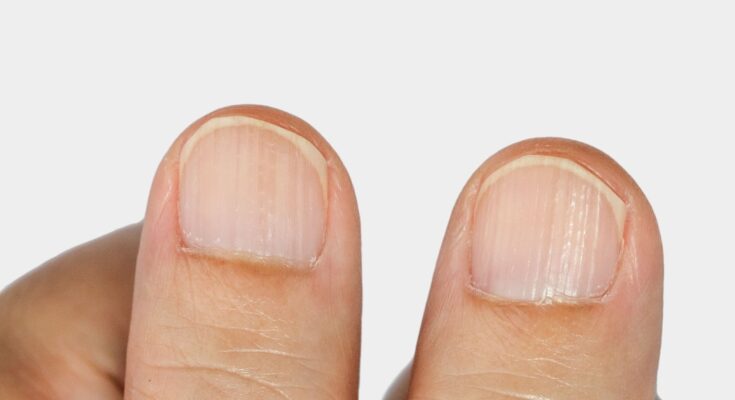
A skin expert has recently shed light on what the ridges on your nails could mean—and when it’s time to take action and see a doctor. Dr. Ross Perry, a skin specialist at Cosmedics, explains that these ridges can signal various health issues, ranging from nutritional deficiencies to dehydration, or even certain skin
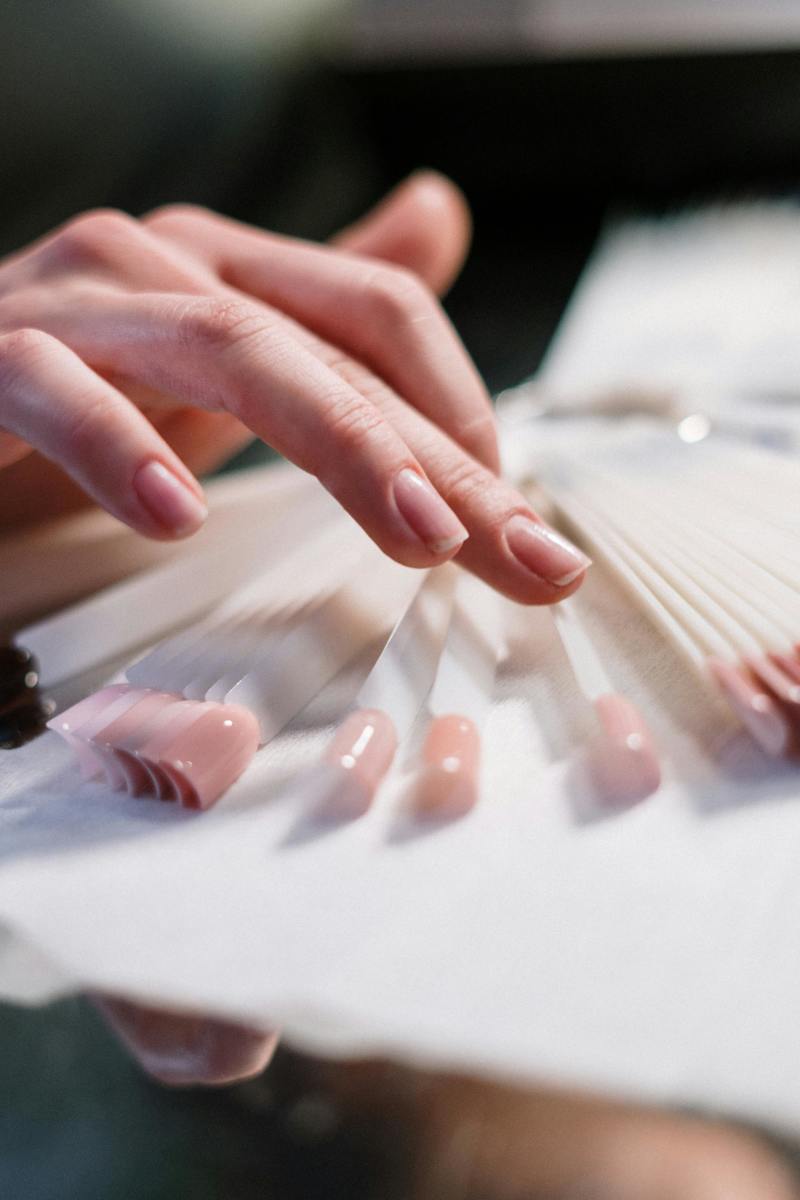
According to Dr. Perry, deficiencies in key vitamins or minerals could cause ridges to appear. “Nutritional factors like a lack of Vitamin A, or if your body is low on protein or calcium, may lead to ridges forming,” he said. “In more extreme cases, a severe iron deficiency can cause noticeable changes to your nails, such as the development of ridges”
However, not all ridges are cause for concern. Dr. Perry emphasizes that most nail changes aren’t linked to anything serious. Common habits such as picking at your nails can also lead to these imperfections. The NHS adds that nail issues, like brittle or discolored nails, are often not indicative of a severe medical condition. “They clarify that most nail issues are typically not linked to serious health concerns.” “Common issues include nails that are brittle, loose, or change color or shape.”
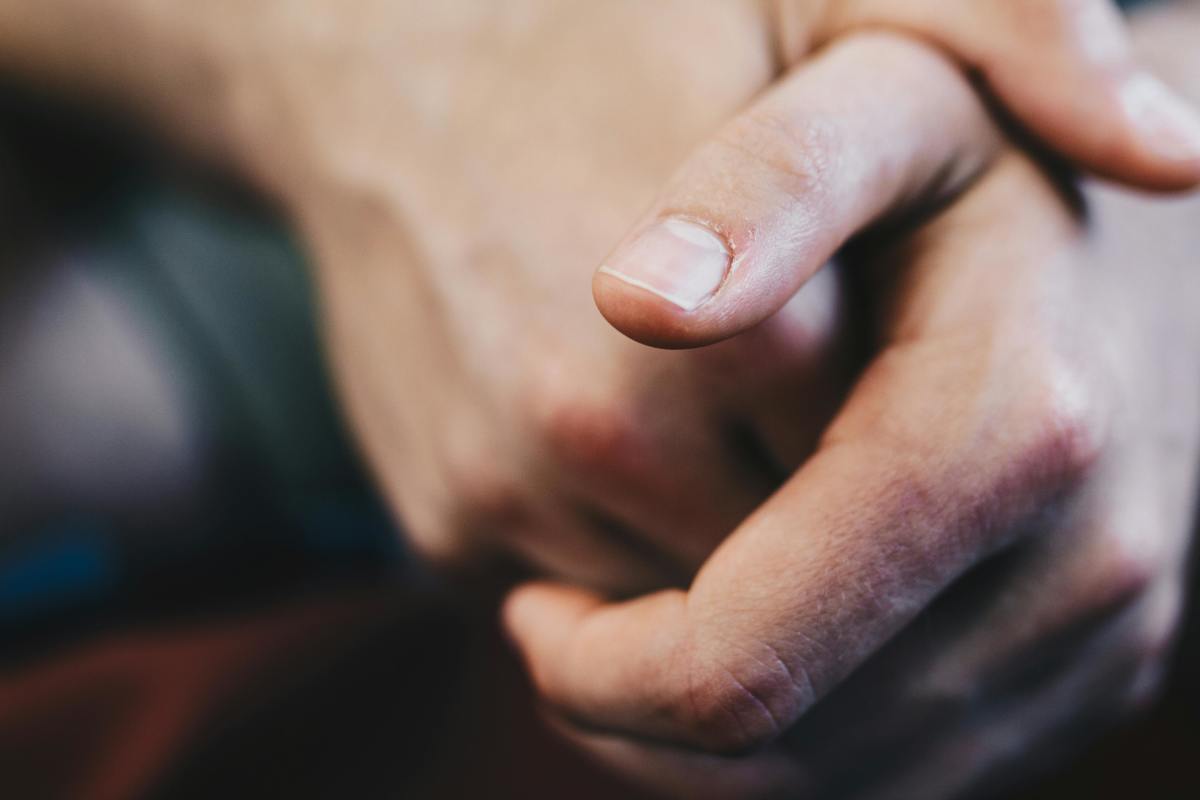
But there is one exception that could point to a more serious underlying condition. Dr. Perry cautions that “severe, deep ridges,” though rare, might be indicative of a serious illness, like kidney disease, and should prompt a visit to the doctor. Additionally, conditions like diabetes can also trigger such changes in your nails, so it’s important to pay attention to these warning signs.
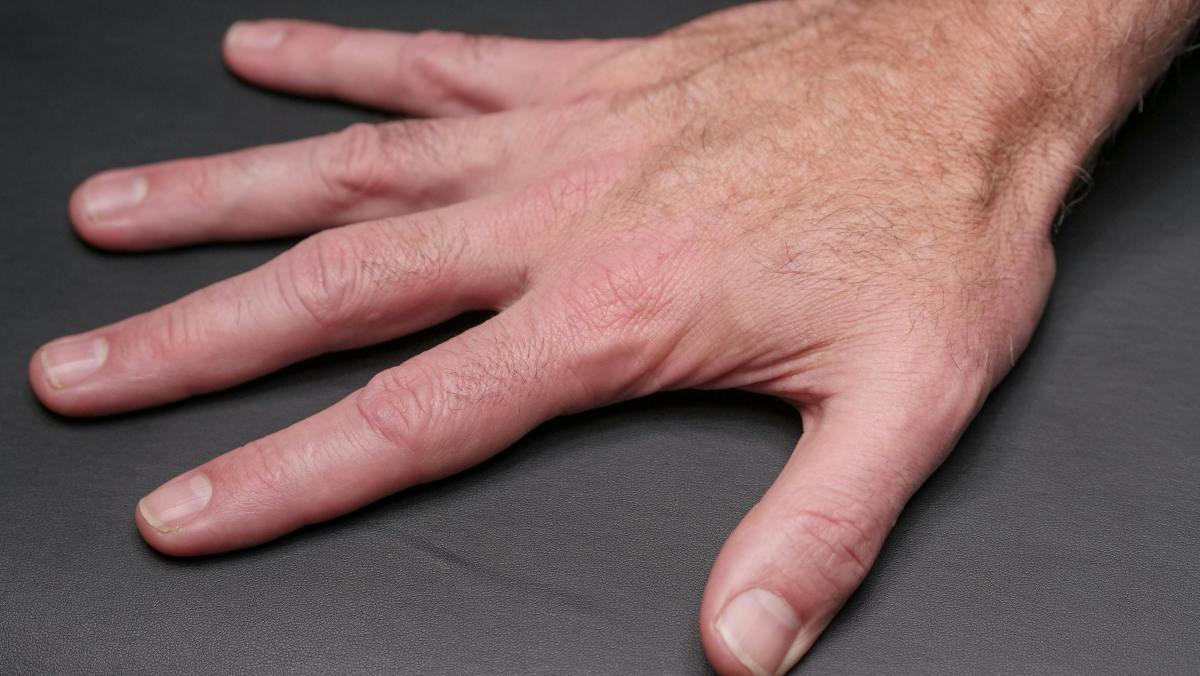
While it’s not always cause for alarm, the experts recommend seeking medical attention if you notice any significant changes in your nails. If a nail becomes misshapen, discolored, or falls off without a clear cause, it’s a good idea to consult a healthcare professional. Another reason to see a doctor is if the skin around your nails becomes sore, red, swollen, or warm, a condition known as paronychia, which could point to an infection or ingrown nail.
The NHS also advises seeing a podiatrist if your nails become too tough to cut or are difficult to reach, which could lead to complications if left untreated.
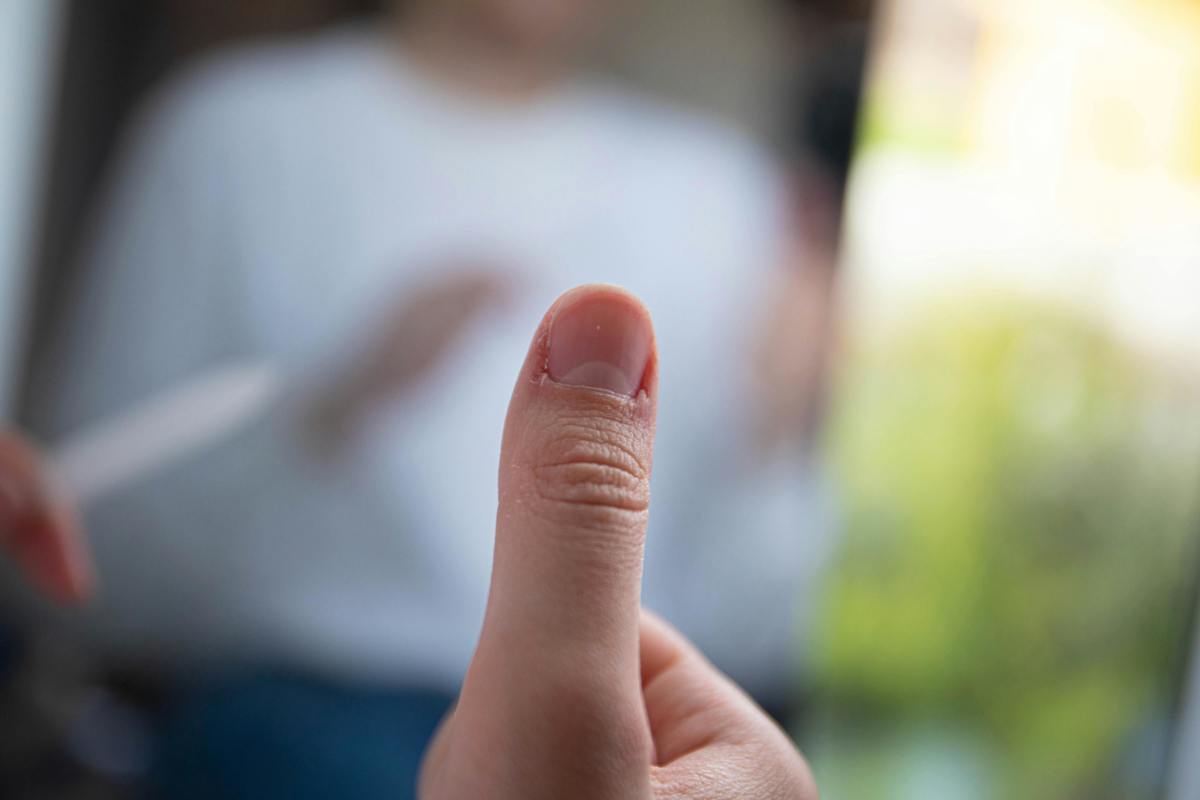
If you’re concerned about changes in your nails or suspect something might be wrong, it’s best to visit your GP for advice. For additional resources, the NHS website offers helpful information and guidance. Taking care of your nails might be simpler than you think, but it’s always important to stay vigilant when it comes to your health.
